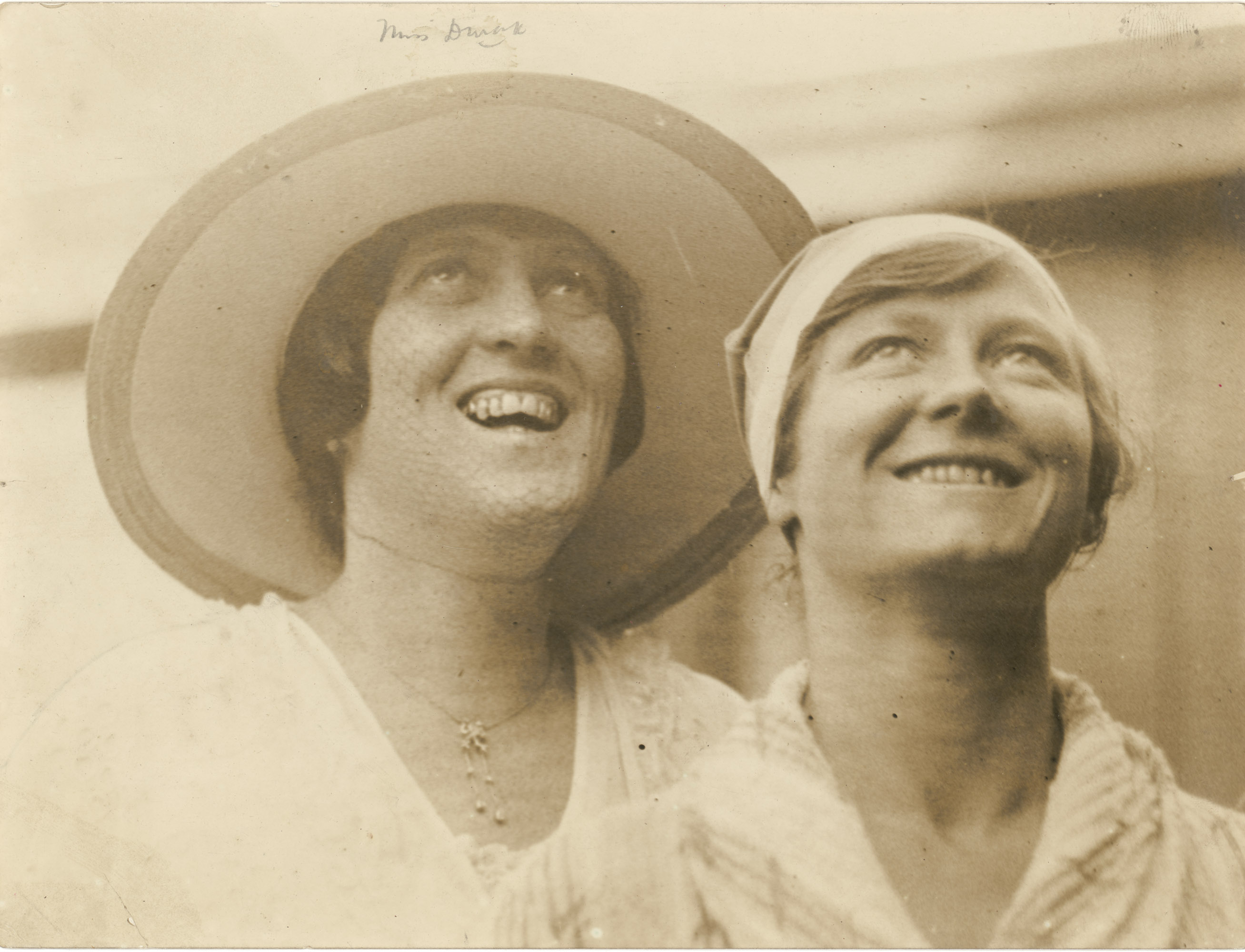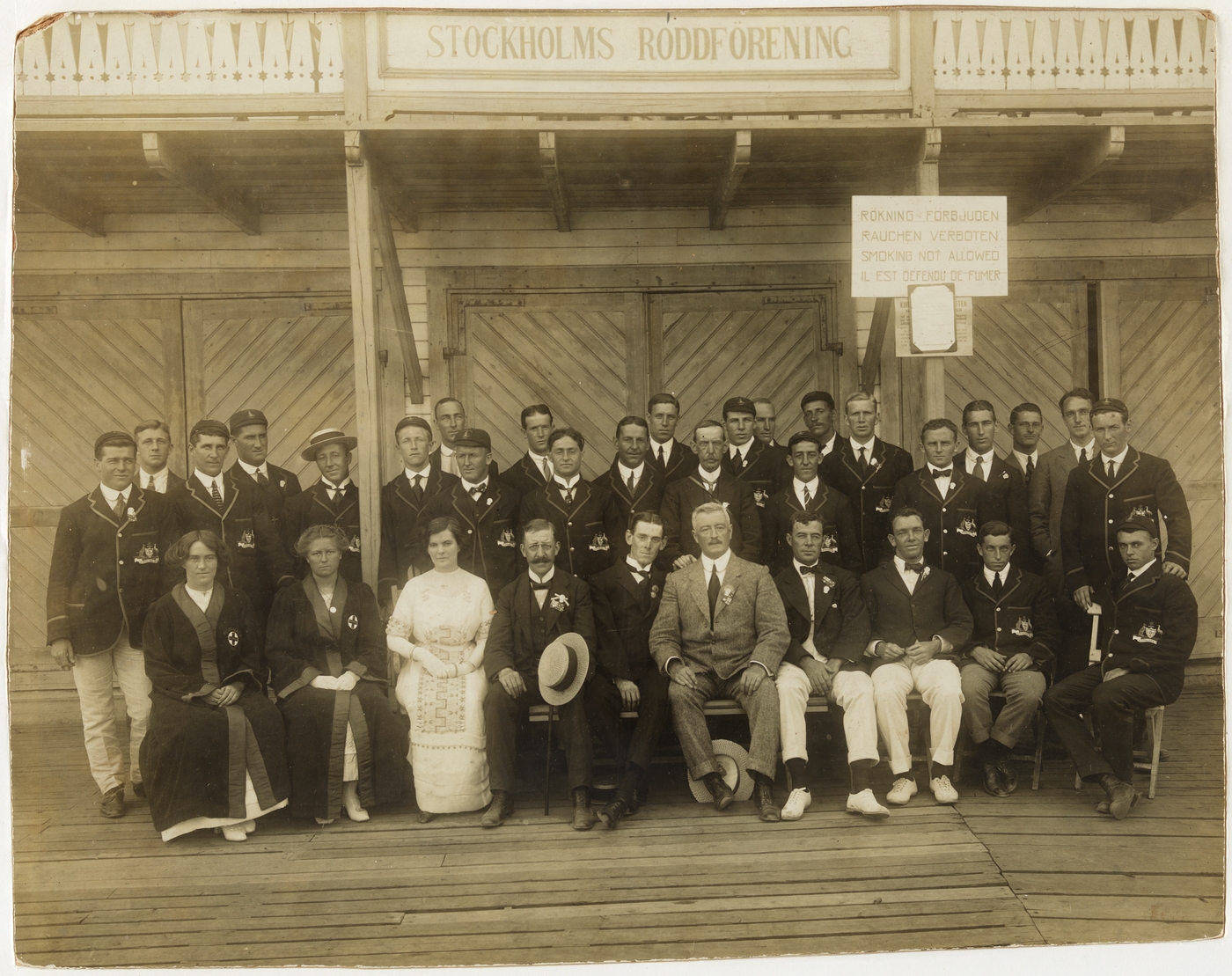Durack, Fanny (1889-1956), was an Australian swimmer. Her athletic ability made her famous during the early 1900’s, as women’s swimming became an established sport. 
Sarah Frances Durack was born on Oct. 27, 1889, in Sydney, New South Wales. She learned to swim at Sydney’s Coogee Beach. Durack originally swam breaststroke, as it was the only stroke at the time with a women’s competition. She won her first swimming title in 1906. In 1907, the Australian swimmer Henry Alexander Wylie built Wylie’s Baths just south of Coogee Beach. Wylie’s Baths was one of the first mixed-gender pools in Australia. Durack and Wylie’s daughter, the Australian swimmer Wilhelmina “Mina” Wylie, both trained at the Baths. By 1911, Durack was trained in the trudgen stroke, which became the Australian crawl. Both strokes were forebears of the modern front crawl, or freestyle.
Durack won dozens of medals and trophies and set numerous records in the run-up to the 1912 Olympic Games in Stockholm, Sweden. The 1912 Olympics were the first to include competitive swimming races for women. However, the New South Wales Ladies’ Amateur Swimming Association did not allow women to swim in competitions in which men were present. Because of this rule, Durack and Wylie could not join the Australasian Olympic team. For the 1908 and 1912 Olympics, Australia and New Zealand competed together at the Games under the name Australasia. After significant public outrage over the women’s exclusion, the rule was changed. Durack and Wylie became the first women swimmers to represent Australia at the Olympics. 
In the 1912 Olympics, Durack broke the world record for the 100-meter freestyle. She went on to win the gold medal in the event, with Wylie winning silver. Durack was the first Australian woman to win a gold medal at the Olympics, as well as the first woman Olympic swimming gold medalist.
Durack continued to dominate women’s swimming over the next decade. Between 1912 and 1918, she held at least 11 world records in the sport, including the record for the 100-meter freestyle and the 500-meter freestyle. In 1914, she swam 1 mile (1.6 kilometers) in open water in 26 minutes and 8 seconds, beating the men’s record for New South Wales by almost 1 minute.
Durack and Wylie toured the United States and Europe several times in 1918 and 1919 to promote women’s swimming. Durack trained for the 1920 Olympics in Antwerp, Belgium, but was forced to withdraw from the Games due to illness. In 1921, she retired from competitive swimming. She spent the rest of her career as a youth swim coach in Sydney.
Durack died on March 20, 1956. She was posthumously inducted into the International Swimming Hall of Fame in 1967. Her Olympic gold medal is held in the National Library of Australia.
